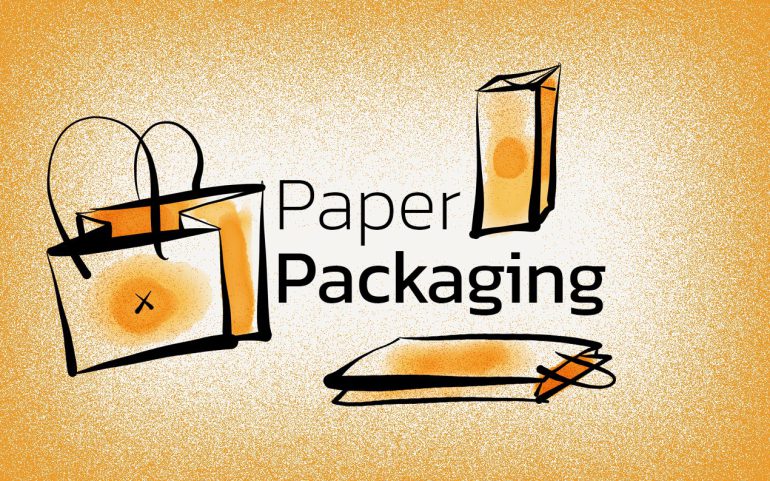Paper-based packaging, which includes cardboard, paperboard, shipping sacks, and paper bags, manufacture from renewable resources (recycled paper fiber and trees). They are replanting to maintain a sustainable supply. Examples of such items are cardboard, paperboard, and paper bags. These goods are also the most recycled materials in the United States when measured in terms of their weight. Follow us to know more.
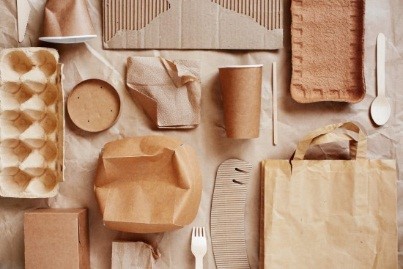
Benefits of Using Paper Packaging
Paper packaging is an environmentally friendly, dependable, and cost-efficient method of transporting and protecting a broad variety of items. It includes groceries, medication, animal feed, and cement, among others.
Sustainability
We create environmentally responsible paper and wood products. Paper packagings are on a daily using bags of million people. These goods manufacture and use as renewable resources, and the majority of them are quite simple to recycle. Within the manufacturing business, the industries of paper and wood products are at the forefront of sustainable practices.

Reliable and secure
Paper-based packaging items suppose to be reliable and secure. This includes everything from the boxes that deliver to our doorsteps to the bags that carry our groceries.
Practical
Paper-based packaging solutions are a practical option. They use on a daily basis by millions of companies and customers alike. These products design to be robust while still being lightweight, adaptable, and cost-efficient.
Lightweight
For businesses that are interested in lowering their costs, enhancing the sustainability of their products, and improving their logistics, light weighting in the packaging industry has become an increasingly attractive method. This strategy entails developing product packaging materials that are thinner and less bulky than their traditional equivalents while preserving the same degree of strength and durability.
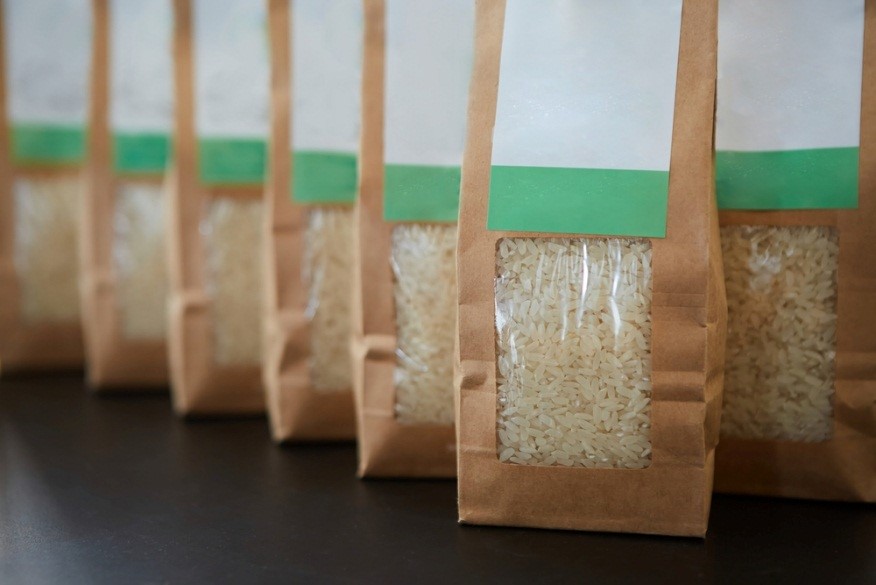
Ecological
The term “eco-friendly packaging” refers to any kind of packaging that is not only simple to recycle but also safe for both people and the environment and is constructed entirely out of recycled materials. It does this by using materials and production practices that have a little negative effect on the amount of energy or natural resources used.
Easy to print
Matte. This is one of the most using paper because it can use for all of the printing chores that perform on a daily basis. Because the ink on matte paper dries more rapidly than it does on other varieties of paper. It is an excellent choice for work that has to be completed quickly. The matte paper is finished with a white coating.
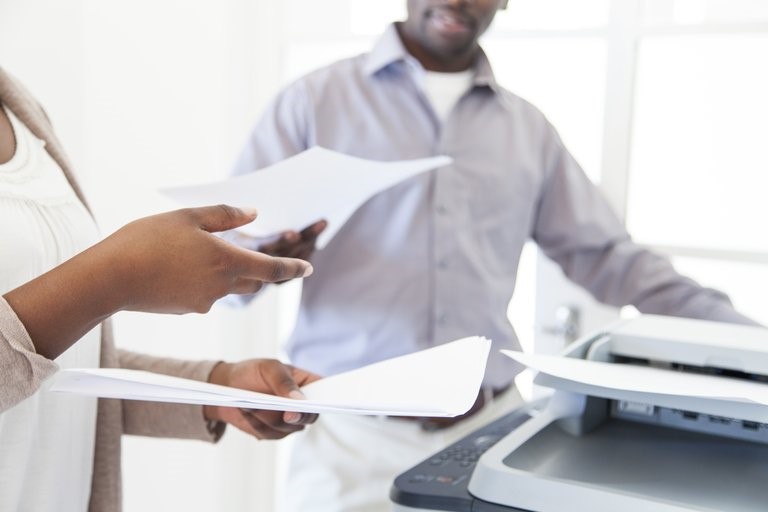
Cheap
Paper materials that are readily available, affordable, and frequently used to package and store items are sometimes referred to as “cheap paper packaging.” Boxes made of cardboard, paper bags, or even envelopes made from low-quality paper. It can be produced inexpensively are examples of the types of packing materials that fall into this category. It is important to note, however, that not all paper packaging is low-cost or of poor quality. Some manufacturers utilize high-quality paper, while others use innovative printing processes to produce high-end paper that is of high quality.
Biodegradable Materials
Paper containers are manufactured from renewable materials such as paper and paperboard, which have specific environmental sustainability characteristics. Paper containers are also known as biodegradable containers. Along the same lines as wood, the raw material obtain from forests that maintain an environmentally responsible manner; it is also easily recyclable and, by definition, biodegradable.
Multi Usage
The paper that makes up paper packaging may be recycled and reused for a variety of purposes, such as wrapping paper, fiber board, and paper bags. Plastic bags, in contrast to paper, never recycle into anything other than more plastic bags. In addition, enhanced paper bags make it possible to store dry items on shelves, safeguarding both the food and the shelving at the same time.
Paper is More Attractive
When it comes to choosing a product based on its packaging, paper and cardboard are by far the most popular options among customers. Paper and cardboard are more appealing alternatives to other types of materials used for product packaging by around two-thirds of customers.
High Durability
Paper bags have a low impact on the environment and are durable. For instance, cardboard boxes are able to support enormous weights while still maintaining their upright position. In addition, the progressive paper wrapping will maintain the freshness of the contents. Paper is a wonderful option for products like flour and spices that need to be properly sealed since it may lock in flavors whie at the same time preventing pests from entering the container.
Easy Recycle
Paper is a material that is simple to recycle since, in contrast to plastic and metals, it does not need to be subjected to high temperatures in order to be melted down and formed into a new shape. This is necessary for recycling plastics and metals. However, as we are about to discover, the recycling process still requires a certain amount of energy and water to complete.
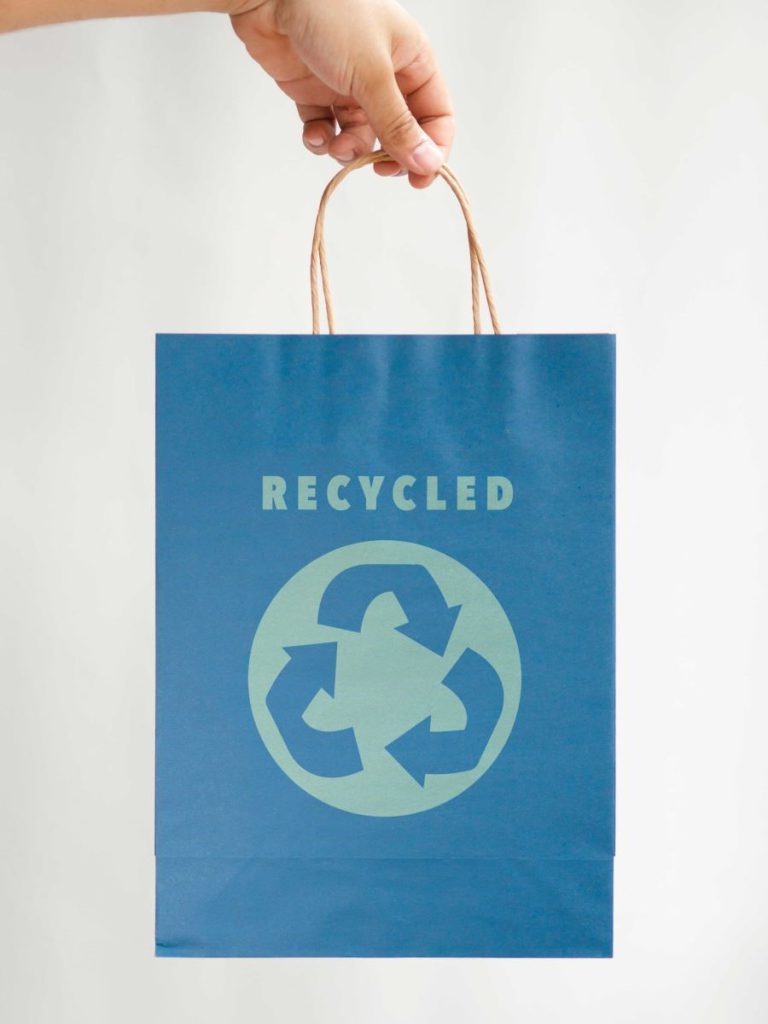
Bio-based
Bio-Based Packaging examines renewable and biodegradable materials as eco-friendly alternatives to petroleum-based packaging. This comprehensive book covers biopolymers, bio-based packaging, and innovative technologies that are boosting the use of green materials in packaging. Starch, protein, PLA, pectin, Nano cellulose, and their nanocomposites are the focus of the study. Bio-based packaging pros and cons, innovative food packaging materials, and cutting-edge research are presented.
Reusable
We worked with Blade & Butler to create multi-trip packaging for their knife sharpening service this year. The box was designed to make three journeys from Blade & Butler to the client and return with printed instructions. Knife protective sleeves and a return label will be sent to the buyer. Customers just remove the tear strip, add their blades, and return the empty box to Blade & Butler. Blade & Butler uses the next tear strip to open the box and retrieve the knives, preserving the box for its last journey back to the client with the sharpened blades. This simple and effective way to reduce cardboard packaging waste customize for many online retailers. This is particularly beneficial in fashion, where client returns are prevalent.
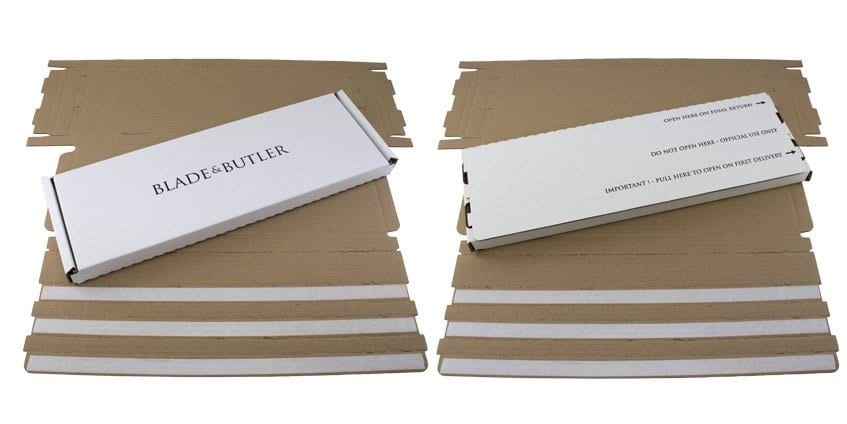
Versatile
Paper packaging offers a variety of uses. In order to fabricate a wide variety of packaging options, paper-based materials can use in a variety of different ways. From individualized presentational packaging to honeycomb paper wrap, robust cardboard boxes, and paper void fill options, we have it all.
Positive public perception
Today’s consumers are more environmentally conscious and choose eco-friendly products. Paper packaging, one of the most environmentally friendly options, is in demand due to this growth. It is renewable, recyclable, and compostable. Paper packaging has a lower carbon footprint than plastic packaging because paper production uses less energy. It is recyclable and often made from recycled materials. Paper packaging is perfect for firms that want to reduce their environmental impact and boost their green image.
What are some types of paper packaging?
There is a wide variety of paper packaging available to choose from at the moment. Boxes, bags, envelopes, cartons, sacks, cardboard containers, and other types of paper packaging are among the most frequent types of paper packaging. Paper packaging comes in a wide variety of forms, each of which can be utilized for a specific function and can be customized in terms of size, shape, and color. Paper is rising in popularity as a material for environmentally friendly packaging since it is both biodegradable and recyclable.
Containerboard
Containerboard is a kind of paperboard that is used in the production of corrugated boxes as well as other types of packaging materials. It is selected due to the fact that it is both strong and long-lasting and is constructed using a mix of paper pulp, recycled paper, and other components. Boxes for a diverse array of items, such as food, drinks, consumer goods, industrial products, and containers for transportation and storage, are manufactured using containerboard. Envelopes and paper bags are two more common uses for containerboard.
Paper Bags and Sacks
There are many use for paper bags in different business. For example those used to transport groceries and/or retail products, and multi-wall sacks, such as those used to store flour, flexible packaging, and cement and that are used for the collection of leaf and yard trash as well as organics (food scraps), are the two primary categories that may be distinguished from one another.
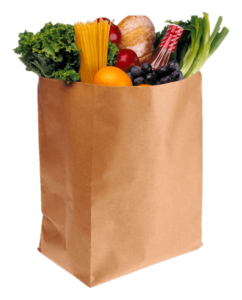
why should I use paper packaging?
Paper packing, also known as paper containers, is an option that is both highly efficient and cost-saving for the community when it comes to moving, carrying, and storing a variety of things. Every day, more people are starting to use paper-based packaging since it can be made to be strong while still being lightweight, and it can be adapted to match the requirements of a particular product or consumer.
Cost
The term “packaging costs” refers to the real amount of money that must be spent by consultants on the purchase of packaging materials in order to develop a new product or a future new product. The company and the consultants are going to have to come to an agreement on the estimated costs of packaging for each new product and any future new products that may be developed.
Convenience
The term “convenience packaging” refers to secondary packaging that is used in addition to main packaging to make it easier for customers to move or handle one or more items, such as boxes and bags; the French phrase “emballage pratique” translates to “convenience packaging.”
Flexibility
The term “flexible packaging” refers to any box or portion of a package that may easily modify its form as it used or when it filled. Bags, pouches, liners, wraps, roll stock, and other flexible items are all examples of flexible packaging, which made from paper, plastic, film, aluminum foil, or any combination of these materials. Flexible packaging constructed entirely from aluminum foil.
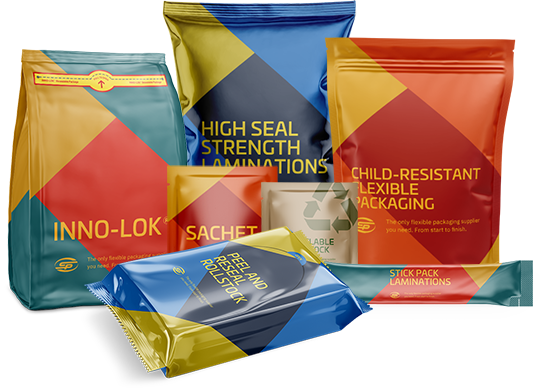
Product categories
One definition of a product category is “a group of products that are similar to one another and share related characteristics.” Product categories are of great use to companies in terms of product organization, marketing, and pricing. Product categorization and product category are two terms that are sometimes mistaken for one another. Both are examples of organizational techniques that contribute to guiding marketing choices.
Closing strips
One definition of a product category is “a group of products that are similar to one another and share related characteristics.” Product categories are of great use to companies in terms of product organization, marketing, and pricing. Product categorization and product category are two terms that sometimes confused with one another. Both are examples of organizational techniques that contribute to guiding choices on marketing.
Window bags
Produced with paper that comes from a responsible source. Coffee, tea, confectionary, whole foods, samosas, biscuits, muesli, baked goods, and cake mixes are all excellent candidates for usage with this product. The clear glass makes sure that everything within is clear, which demonstrates the product in them.
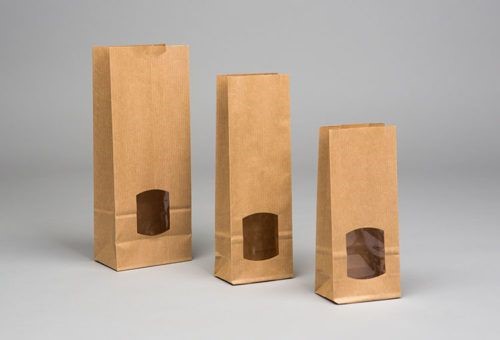
White paper bags
Produced with paper that comes from a responsible source. Coffee, tea, confectionary, whole foods, samosas, biscuits, muesli, baked goods, and cake mixes are all excellent candidates for usage with this product.
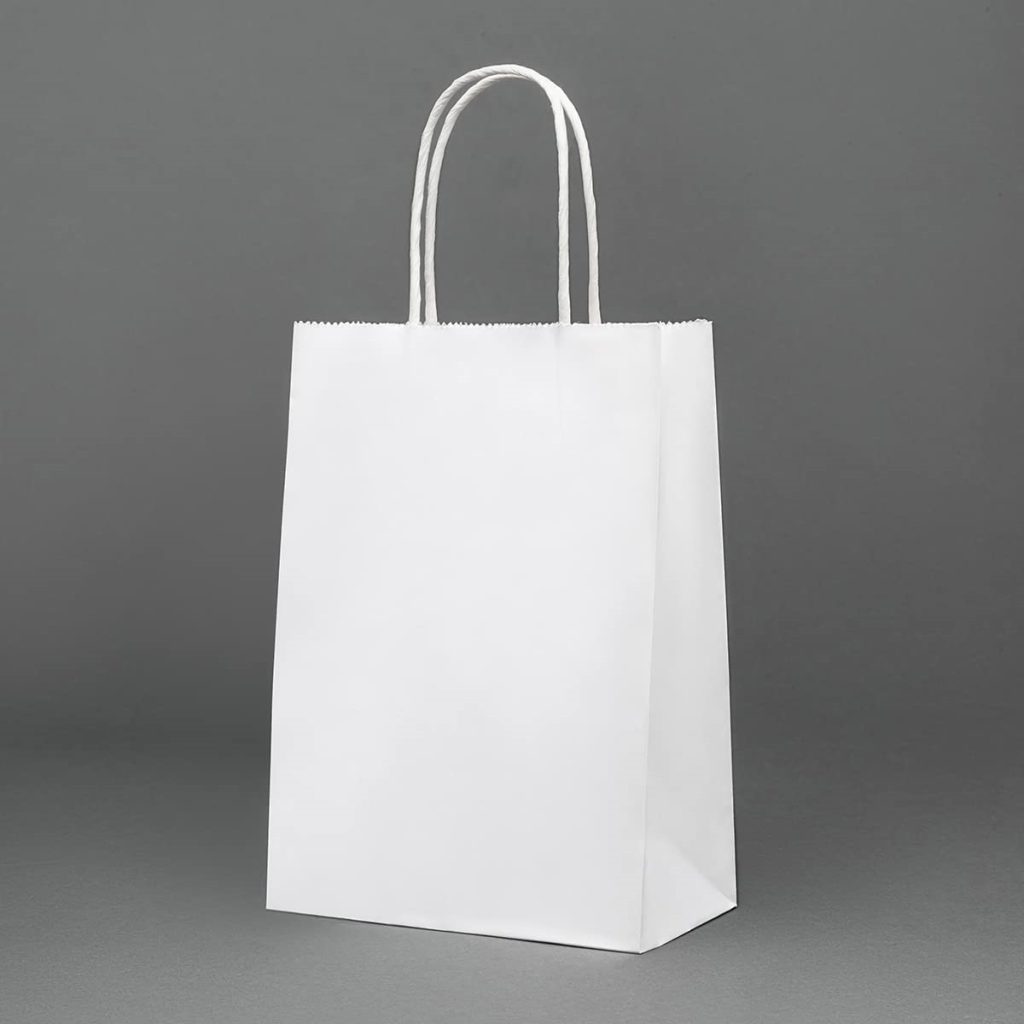
Pre-printed bags
What’s the Difference Between Post-Printed and In-Line-Printed Paper Bags? Printing a logo onto the paper while the bag is being created, before the paper is folded, trimmed, and attached. This process referes to as “in-line printing.” Post-printing refers to the process of printing on a paper bag after the bag manufacturing process.
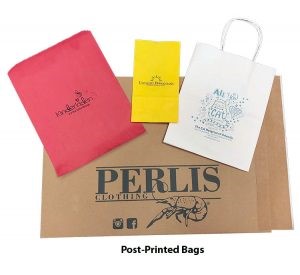
Greaseproof bags
Bags of white greaseproof paper measuring 38 gsm in weight and designed for use with food products Because of the grease-resistant coating on these bags, chip businesses, cafés, and bakeries all find them to be an indispensable product.
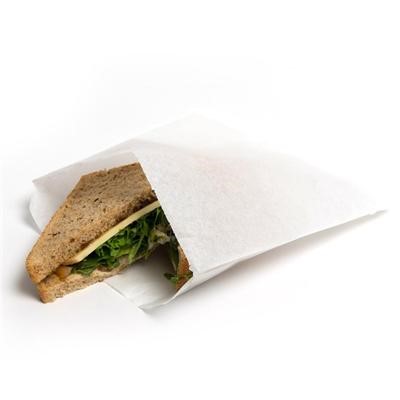
Ecological paper bags
The usual plastic bags should replace with BioPak eco-friendly paper bags, which are a better option for the environment. Our Kraft paper bags construct from superior paper. Because they are durable, resilient, and easy to store, the paper bags that we sell for takeout from SOS are an excellent choice for takeout.
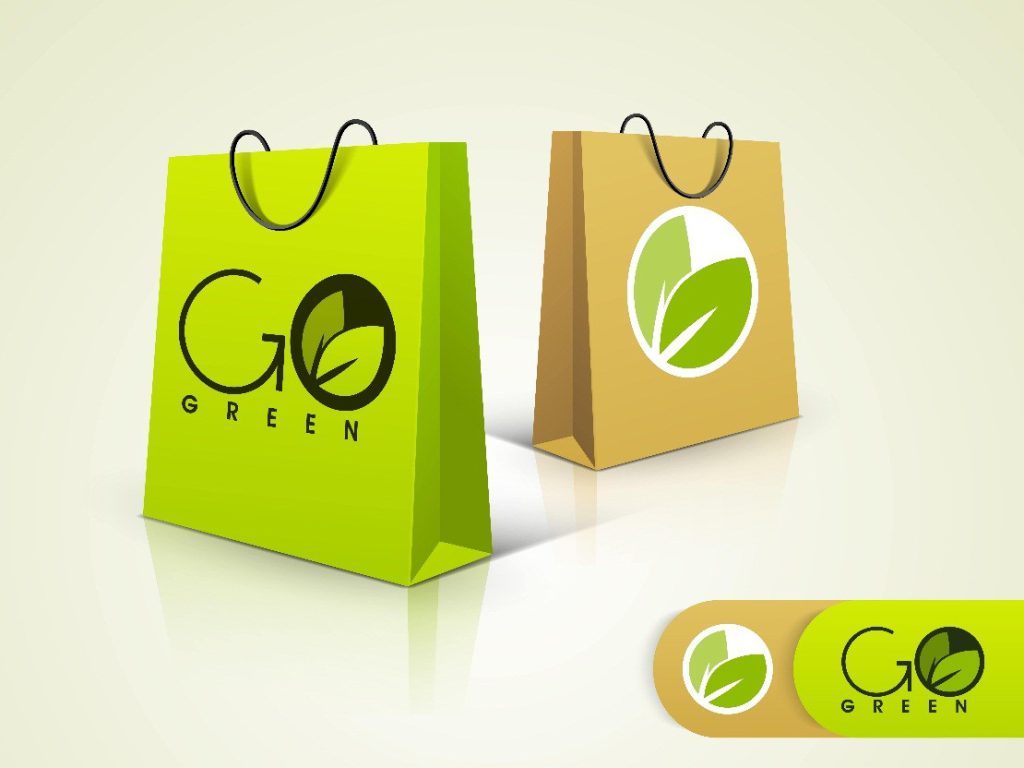
Coloured bags
We think of white paper initially. The immaculate whiteness of today’s best papers is a monument to human creativity, which enables us to turn trees and other plant fibers into a smooth, clean, and snow-white substrate that can be utilized for many purposes. Paper isn’t always white. Educational, corporate, bookbinding, packaging design, specialty printing, and creative applications all employ coloured paper. These sectors also use coloured paper. Coloured paper originally came in primary and pastel hues. Today, the spectrum is practically unlimited, with minute variations in tone and shade that enable exact colour matching and allow physical print to work more closely with digital technology than ever before.
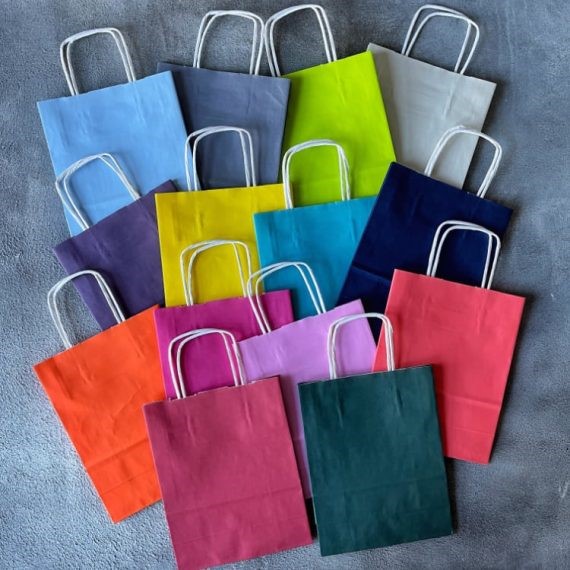
Brown bags
Standard brown paper bags produce from Kraft paper. Paper carrier bags in the shape of totes, such as those that uses by department stores or as gift bags, manufacture by kind of paper and purchase in any colour. Handles for paper carrier bags may either be flat or made of string. These two options are available to choose from.
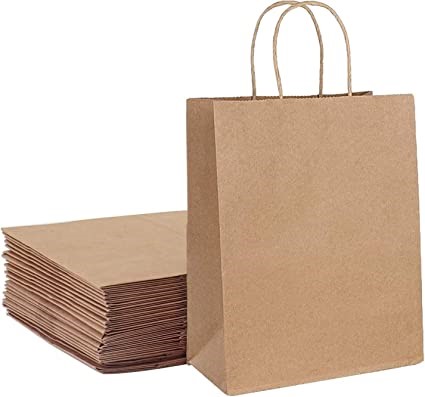
Black bottom bags
The use of block-bottom bags for coffee packaging has become more common in recent years. This particular design of bag has the appearance of a rectangle. The opening at the bottom of the bag close after being gusseted from the sides. In order for the pouch to maintain its upright position on shelves, the vertical sides of the bag have creases in them.
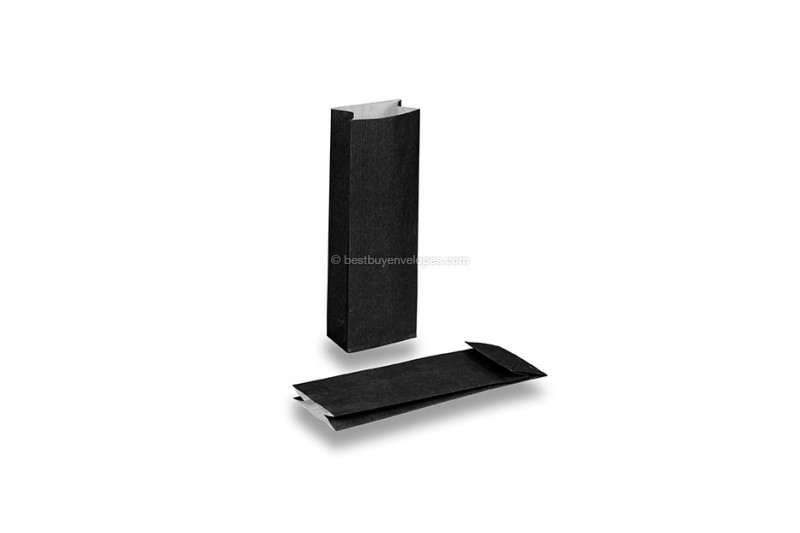
Paper packaging for all sorts of products
Paper, made from natural fibers, is a versatile packing material. Their sheets use in the retail, healthcare, leisure, and food industries for aseptic packaging and direct food contact.
Snack packaging
Paper, foil, cellophane, and glassine are some examples of non-plastic components. Although plastic films are by far the most common material use in this industry.
Food packaging
Paper and board are two of the many materials that use in the packaging of food products. For example, parchment paper use in paper packaging, and bags manufacture to package loose goods inside of paper packaging. For example, liquid and dry goods, frozen foods, and fast food are typical applications for carton board’s utilization.
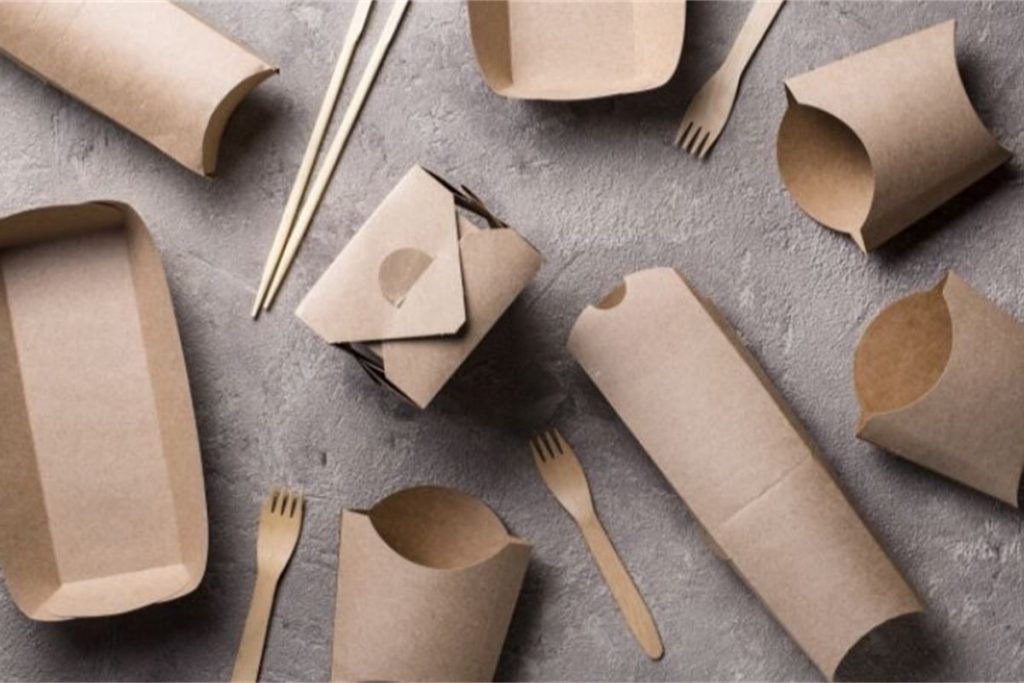
Foodstuff packaging
While food packaging made of paper is better for the environment, there is a possibility that it will not be able to maintain the freshness of certain of the foods it contains. The development of new technologies, on the other hand, make it feasible to produce paper packaging coated with substances. It also provide enhance defense against the effects of moisture and other elements of the natural environment. In addition, paper packaging is recyclable, making it a choice that is more environmentally friendly. It is encouraging to see an increasing number of businesses opting for environmentally friendly packaging solutions.
Pet food packaging
The packaging for pet food maintains the product’s cleanliness, freshness, and longevity. It contributes to the prevention of contamination of the food and guarantees the freshness and cleanliness of the animal feed. Concerns over the nutritional intake of pets have led to a rise in the manufacturing of a wider variety of meals for pets, as well as an increase in the demand for more advanced materials to be used in the packaging of pet foods. The increase in the number of pets has led to an increase in the variety of diets available for pets, which is excellent news for the business that deals in the packaging of pet food.
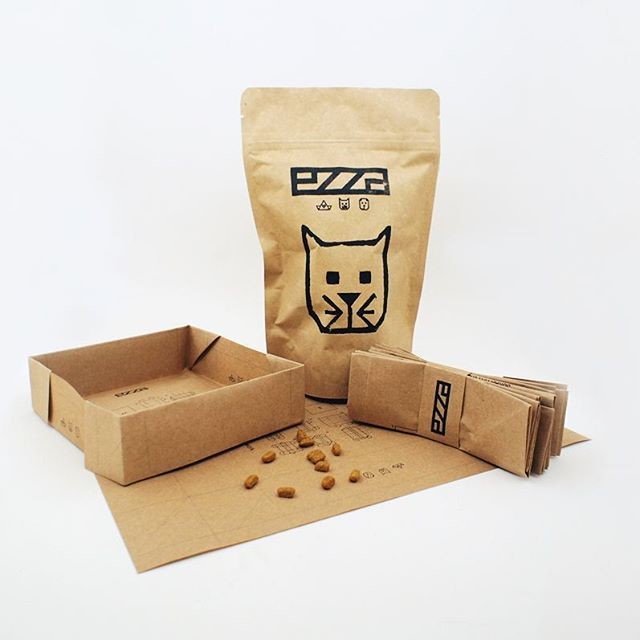
Sweet packaging
Pink-striped candy shop bags. Newsagents, theatres, and other fantastic pick-and-mix enterprises employ these counter bags. These bags, made of lightweight paper and linked with traditional candy stores, are often use. These bags are attractive and versatile, making them popular among book and gift shops, utilitarian stores, market merchants, and craft enterprises. If you want candy or chocolate bags that display the contents, check out our see-through sweet bags.
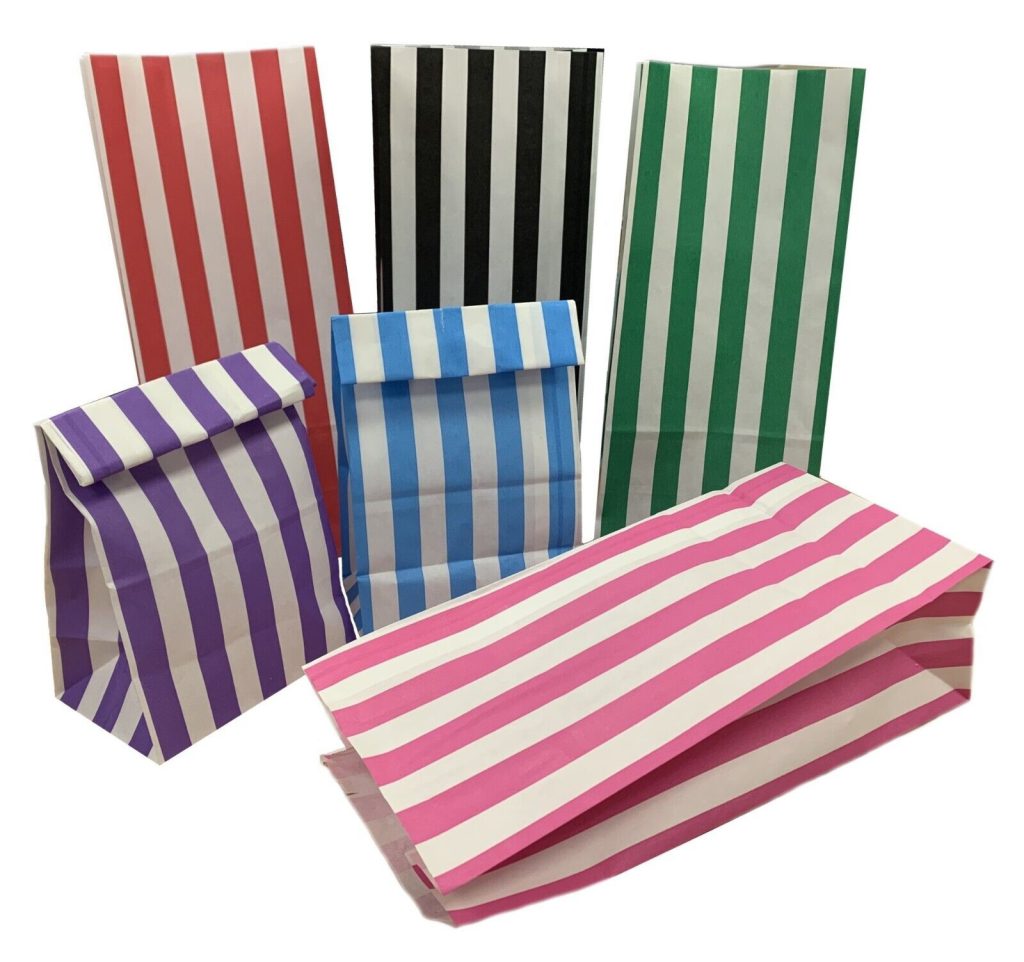
Promotional packaging
Paper packaging for promotional purposes can be an excellent way to not only attract potential customers but also exhibit the eco-friendliness of your company. This accomplishe in a number of different ways. This is an excellent method to package your items in a way that is not only fashionable but also environmentally friendly. You can be sure that customers will appreciate your efforts to lessen your carbon footprint and promote more ethical business practices if you package your products in paper instead of plastic. In addition, employing promotional paper packaging allows you the ability to add a one-of-a-kind style and design for your company, which is a great way to get the attention of your target demographic and set your package apart from the rest of the competition.
Gift packaging
To wrap a present means to enclose it in some kind of material before giving it to the recipient. Paper that is specifically create to use for wrapping presents is wrapping paper. The use of a gift box or bag is an alternative to the traditional practice of gift wrapping. A bow, which is an ornamental knot formed of ribbon, can be tied around the center of a wrapped or boxed present to keep it closed, and it can also be used to hold the ribbon in place.
Disadvantages of paper packaging
Paper is not as long-lasting as other types of materials, such as plastic or metal, which is one of the most significant disadvantages of paper packing. The paper is fragile and can easily tear or become wet, both of which can cause the contents to become ruined. In addition, paper is not very effective at protecting against outside elements such as oxygen or moisture, both of which can shorten the shelf life of the product.
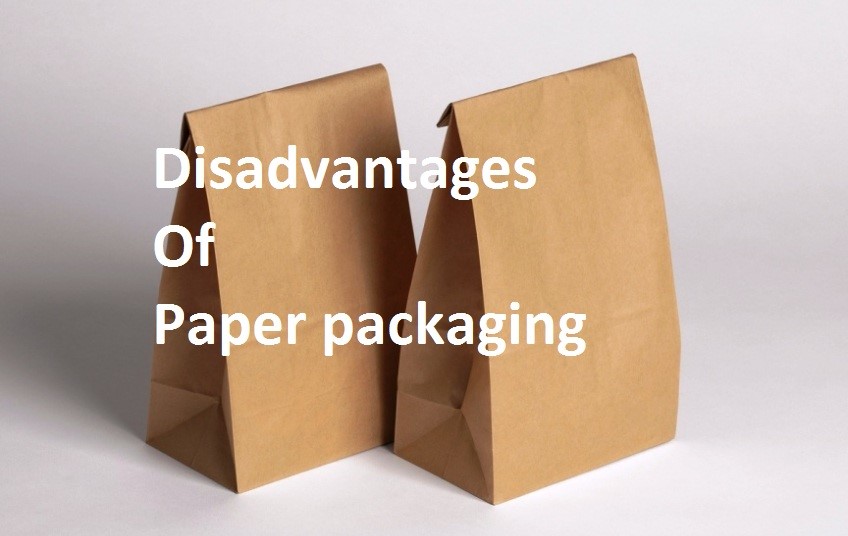
Poor barrier properties
In comparison to other materials used for packing, such as plastic, paper presents a lower barrier to the passage of oxygen, light, and germs. Because of this, the objects it houses, particularly food products, have shorter shelf lives when kept in primarily paper packaging than they would have otherwise had. (In order for paper to have greater barrier characteristics, it is typically necessary to add plastic in the form of plastic layers in laminates.)
Ends up in landfill
It can easily recycle and reuse, paper adds to landfill waste. In 2018, 11.8% of municipal solid garbage in the US was paper and paperboard (17.2 million tons). Paper biodegrades quickly, but only in aerobic circumstances. Aerobic microorganisms break down paper in aerobic settings. Paper biodegrades slowly in landfills because it resists degeneration when packed. Because paper decomposes without oxygen. Any municipal solid waste (MSW), including paper, placed in a landfill will become anaerobic within a year. Bacteria degrade municipal solid waste in landfills, producing methane.
More space in landfills than plastic
Paper is less dense than other types of waste, which means that it takes up more space in landfills relative to its weight compared to plastic. For instance, one pound of paper will take up significantly more room in a landfill than one pound of food waste, glass, or even certain types of plastics combined.
Conclusion
Paper packaging is an environmentally friendly and versatile form of packaging made from renewable resources. It offers sustainable solutions for various industries, including food, retail, and cosmetics, providing functionality, protection, and aesthetic appeal while minimizing environmental impact. Discover the benefits of paper packaging and its growing popularity in the eco-conscious market.

